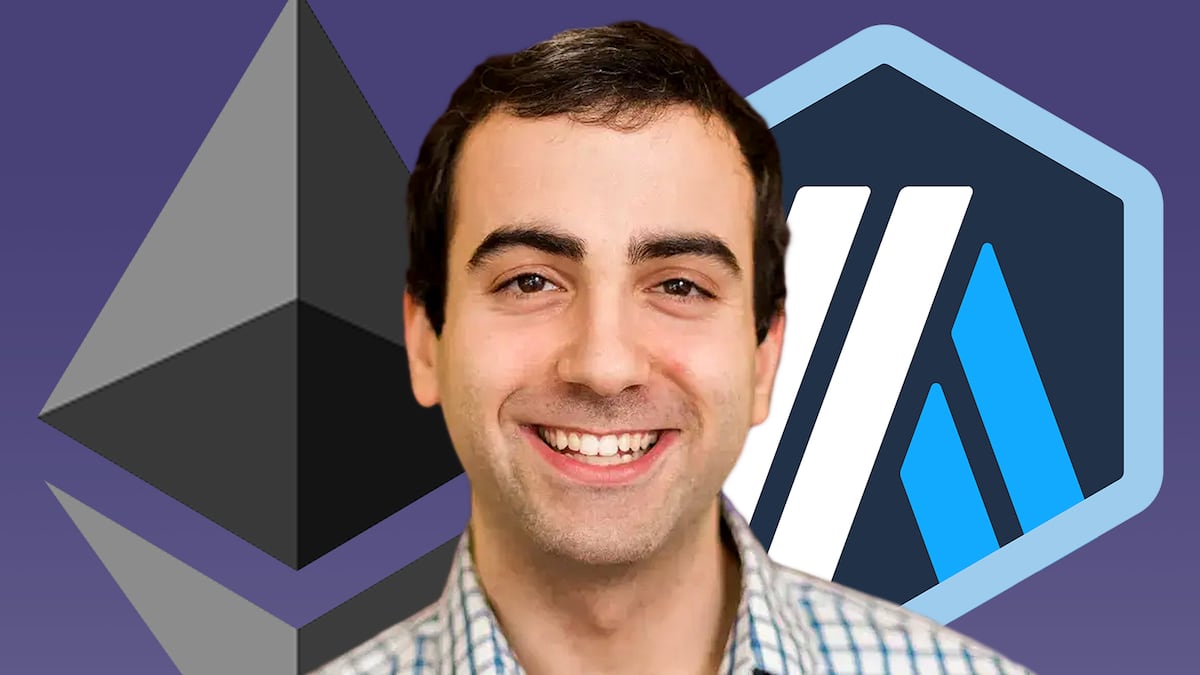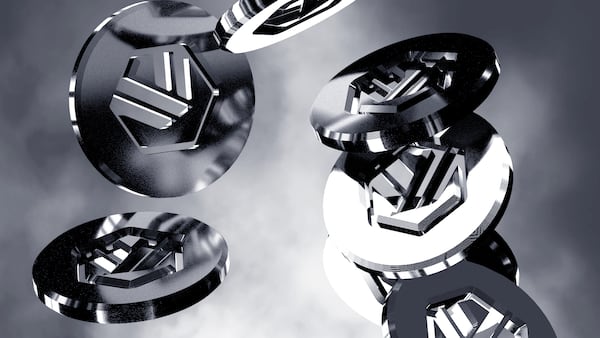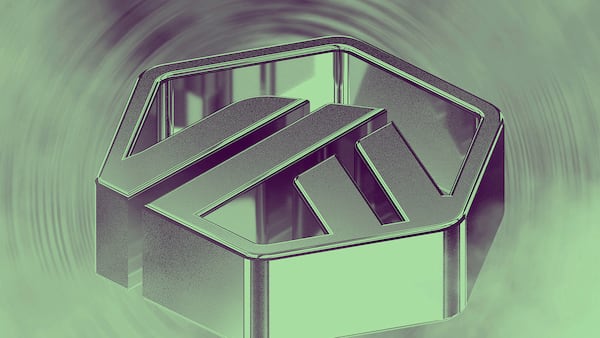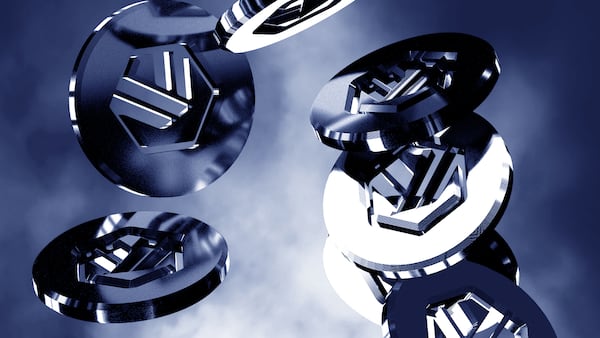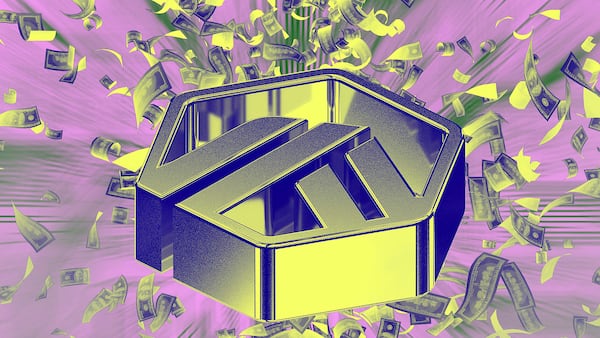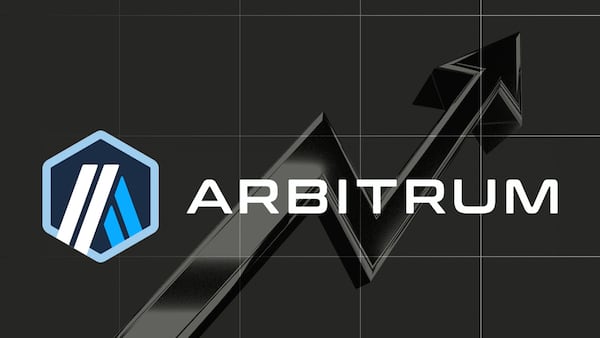- Critics accuse Ethereum's layer 2s of being 'parasitic.'
- An Arbitrum co-founder argues the existence of layer 2s is justified.
- Ethereum has lagged other blockchains that don't require layer 2s to scale.
“Parasitic” layer 2 networks are not the reason why Ethereum has underperformed compared to other cryptocurrencies this year.
That’s according to Steven Goldfeder, co-founder and CEO of Offchain Labs, the firm behind the biggest layer 2 network Arbitrum.
He defends blockchains built on-top of Ethereum against attacks from crypto analysts and venture capitalists who accuse them of profiting at the network’s expense.
“We’re not misaligned,” Goldfeder said in an exclusive interview with DL News.
Creating a tiered architecture — building networks on top of networks — Goldfeder said, is how the most powerful systems are built.
“Ultimately, our goal is to grow Ethereum,” he said.
Deleterious effect
Layer 2s, blockchains built on top of Ethereum to help it scale, offer much cheaper transactions than the main Ethereum network.
Layer 2 networks are big money. The top 40 layer 2 tokens alone are almost worth $12 billion in total.
But it’s hard to ignore the deleterious effect they’ve had. An exodus of activity from Ethereum to its layer 2s means the network no longer destroys — or “burns” — more Ether tokens than it creates, making it inflationary.
At the same time, profits generated by layer 2s have skyrocketed.
Since its 2021 launch, Arbitrum has made $32 million by offering cheaper transactions than Ethereum and pocketing some of the difference. Other layer 2s, such as Coinbase’s Base, are similarly profitable.
This has led some to take a hard stance against layer 2s.
“Anything that doesn’t happen on layer 1 that could’ve happened on layer 1 is by definition parasitic,” Kyle Samani, a managing partner at crypto VC Multicoin Capital, said on X.
‘You actually have to build the capacity, open up the new lanes before every single car is there.’
— Steven Goldfeder, Offchain Labs
Fuelling layer 2 detractors’ arguments is Ethereum’s poor performance against other crypto assets this year.
While Bitcoin surged over 42% since January 1, and Solana, Ethereum’s main competitor, rose 31%, Ethereum is up just 3% over the same period.
Solana is able to facilitate many more transactions per second than Ethereum, meaning it doesn’t yet need layer 2s to increase its capacity.
Adding capacity
Proponents say layer 2s are necessary to fulfil demand for blockchain transactions that the Ethereum mainnet can’t handle without charging users prohibitively high transaction fees.
“People might say, ‘why do we need this today?’ Let’s wait until Ethereum gets more traffic,” Goldfeder said. “You can’t wait. You actually have to build the capacity, open up the new lanes before every single car is there.”
Many layer 2s seem content to fight over the same existing pool of users.
And layer 2s have certainly added capacity. There are now 78 Ethereum layer 2s according to data platform L2Beat. Each is theoretically able to handle at minimum thousands of transactions per second, a huge increase over Ethereum’s 20 to 40 transactions per second.
Yet most of these layer 2s are ghost towns with few users and very little activity. Still, more layer 2s are launching, with Japanese tech giant Sony’s Soneium blockchain being the latest.
And it’s no surprise why. Layer 2s require minimal upfront costs to set up. Once they’re live, any transactions placed by users generate easy profit.
It may be that a key way for layer 2s to avoid being labelled as parasitic is by prioritising growth for the broader Ethereum ecosystem.
But bringing in new crypto users is difficult. Many layer 2s seem content to fight over the same existing pool of users.
Goldfeder said he doesn’t think competition between layer 2s is a zero-sum game, referring to the game theory situation where one group’s gain is the other’s loss.
Very optimistic
But at the same time, facilitating that growth of Arbitrum is not a top priority. “Number one is security, number two is decentralisation, and somewhere down on the list is growth,” Goldfeder said.
Still, Goldfeder said he’s very optimistic that growth will come eventually — and that it will fix Ethereum’s current woes.
“We’re going to have so much capacity all the layer 2s are going to be saturated,” he said. “That’s how we’re going to compete with these other ecosystems.”
What exactly will kickstart such growth, however, isn’t clear — at least for the moment.
Tim Craig is DL News’ Edinburgh-based DeFi Correspondent. Reach out with tips at tim@dlnews.com. Ben Weiss is reporting from TOKEN2049 this week. Contact him at bweiss@dlnews.com.
